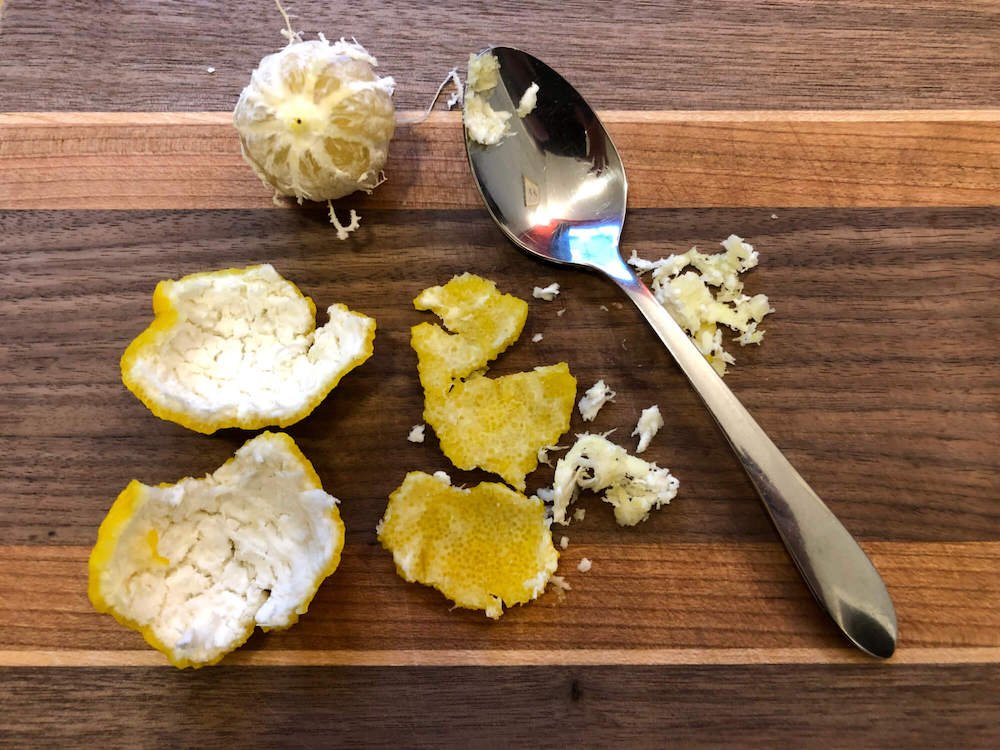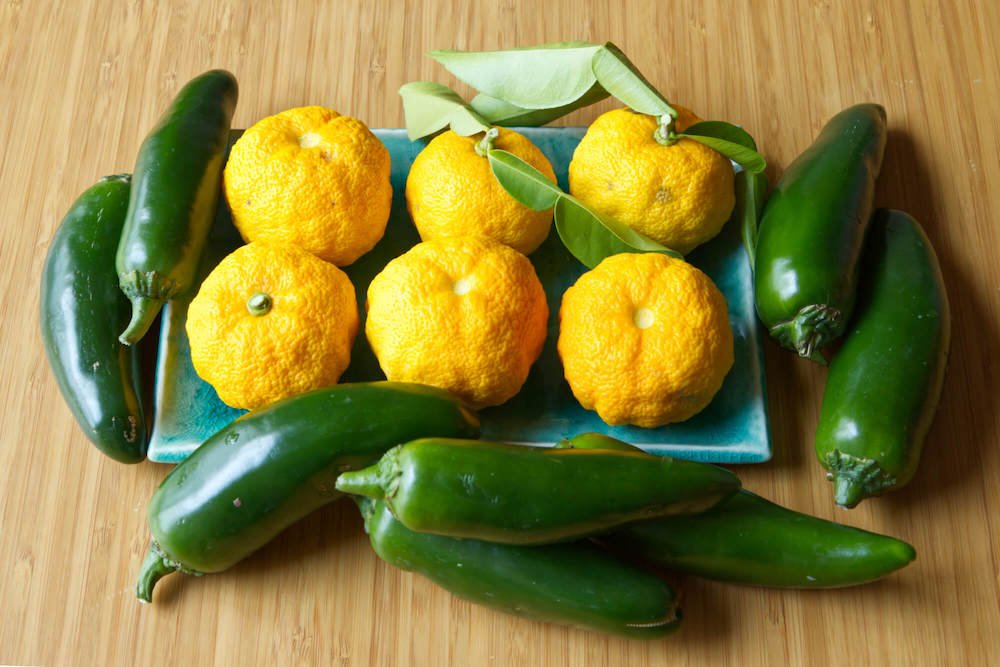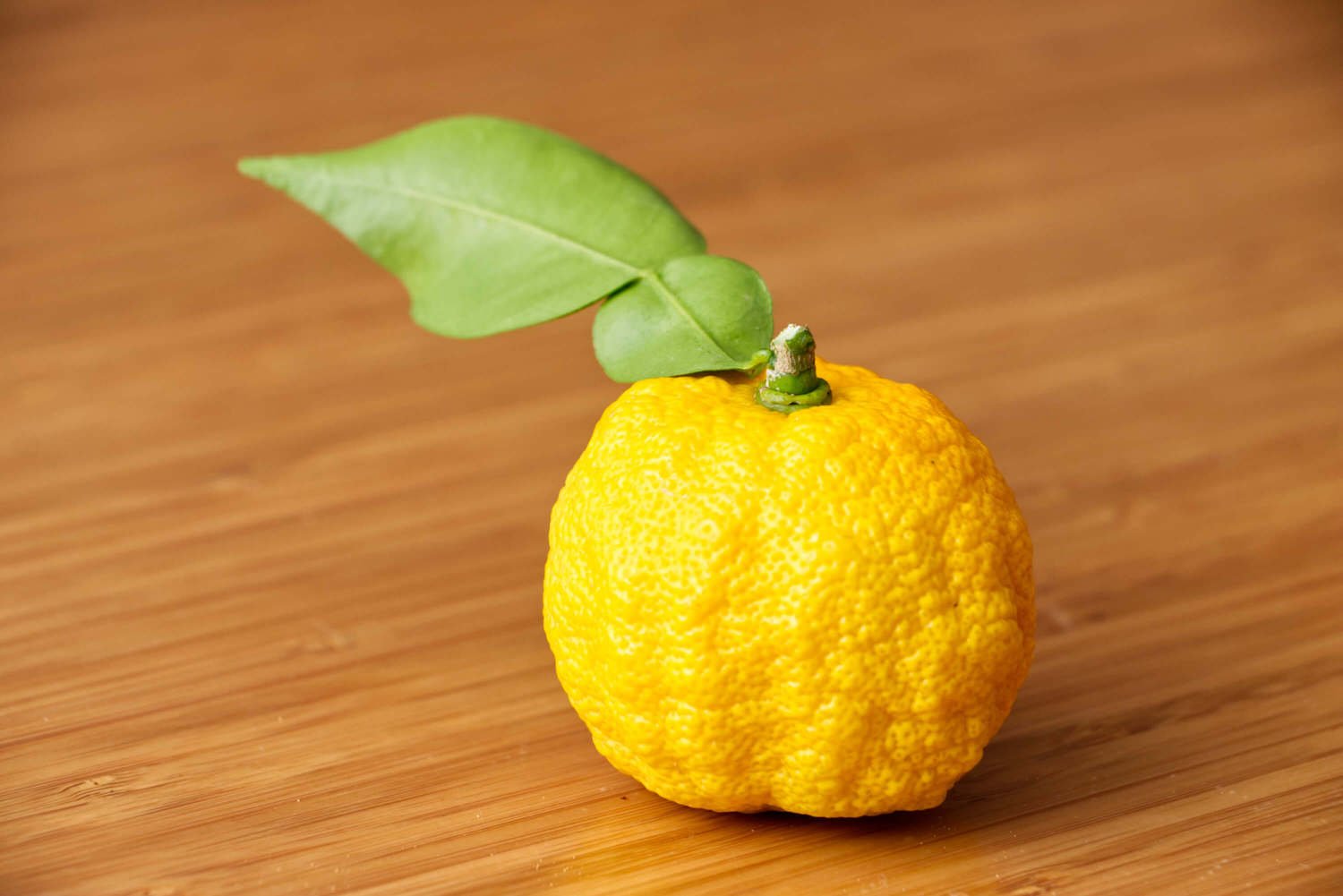How to make yuzu kosho

Is there a citrus fruit more amazingly intoxicating than yuzu? It’s my favorite by far, and I don’t think it’s only because I grew up with a huge yuzu tree in the back yard. I often see aroma descriptors that combine lemon, grapefruit, and orange but to me they don’t quite convey the magic of yuzu. Outside of Japan, they are hard to find, expensive, and typically not fresh and vibrant, so my solution was to grow it at home. After buying a small potted yuzu tree at the local nursery 3 years ago, it finally produced around 20 fruits this year. I can’t overstate how precious these yellow fruits were as they slowly grew from flower to pea-size to lime-size and finally turning yellow in late fall.
Yuzu peel is great on so many things like udon, soba, nabemono, pickles, salad, and pretty much anything. The juice mixed with equal parts shoyu makes a fantastic ponzu for dipping anything. I decided to make yuzu kosho to take full advantage of the fresh fruit by stretching it out with green chiles and preserving it with salt for longer storage. I found various recipe in books and online with a wide range of methods and ingredient ratios, but most only contain 3 ingredients. I decided to use equal parts yuzu peel and jalapeno with 10% salt by weight. This salt amount is on the lower side of the recipes I saw but I think it’s more than enough. I would use less salt if eating the yuzu kosho while fresh, but more salt if the goal was longer storage in the fridge.



While many recipes use a food processor, I decided to make it in batches in my biggest mortar and pestle. For this method, it’s important to mince the yuzu peel and chiles as finely as possible. I learned about a great way to maximize the yield of yuzu peel without getting the white pith on this MIKLIA recipe where you peel it by hand and use a spoon to gently remove the pith. It works great and I will always process yuzu peel this way in the future.
This recipe turned out to be very delicious, but I would prefer a more pronounced chile flavor and heat. In late December I wasn’t able to find the variety of chiles that are available in summer and early fall so jalapeno was the only option I had. The had virtually no heat so my yuzu kosho was more mild than the typical versions in Japan where green or red togarashi chile are often used. I think a blend of chiles such as serrano, togarashi, habanada, habanero, and cayenne would add a lot of fruity and spicy character. Next year, I will try to work on the timing of my yuzu ripening with the availability of home-grown chiles. I am satisfied with this ratio of yuzu, chile, and salt.



Yuzu kosho is delicious when added to noodles, hotpot, sashimi, tofu, soup, tenpura, and many other foods. I added some to natto and it was spectacular. Of course you can purchase shelf-stable jars of yuzu kosho at an Asian grocer with the understanding that the home-made version is something completely different. If yuzu is unavailable, I think it’s worth trying the recipe with a blend of other citrus. I might try 3 meyer lemon, 1 grapefruit, and 1 navel orange (or blood orange) as a starting point. Or make them separately and blend after to find the ratio you enjoy. Have fun mixing your yuzu kosho into anything you like, although I would personally not put it into the bathtub.

Yuzu Kosho
150g yuzu peel, fine mince (around 8 medium)
150g jalapeno, fine mince (around 6 large)
30g sea salt (10% of total weight of yuzu and jalapeno)
Peel yuzu by hand and remove pith with a spoon, then mince finely.
Remove seeds from jalapeno chiles and mince finely.
Combine with salt and pound into a paste in mortar and pestle (in batches depending on amount).
Store in fridge or freezer.










































































